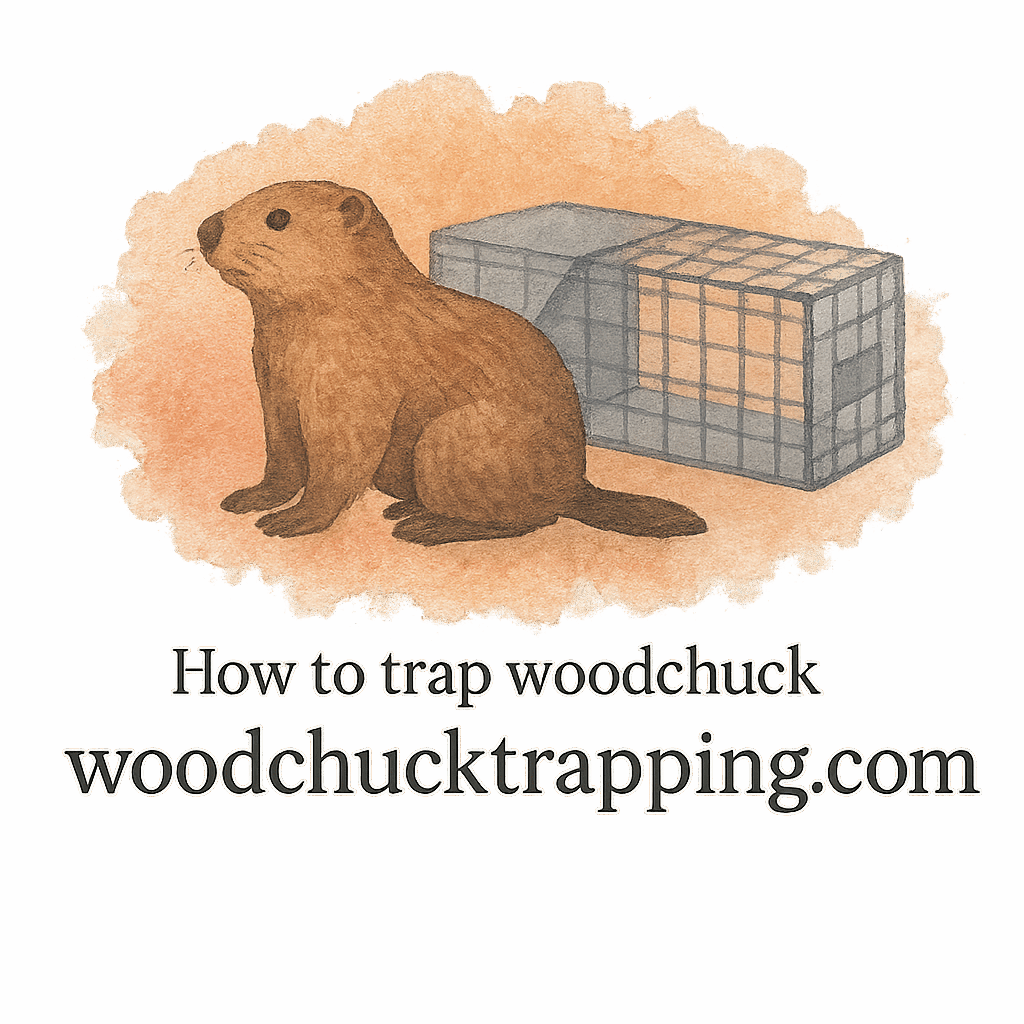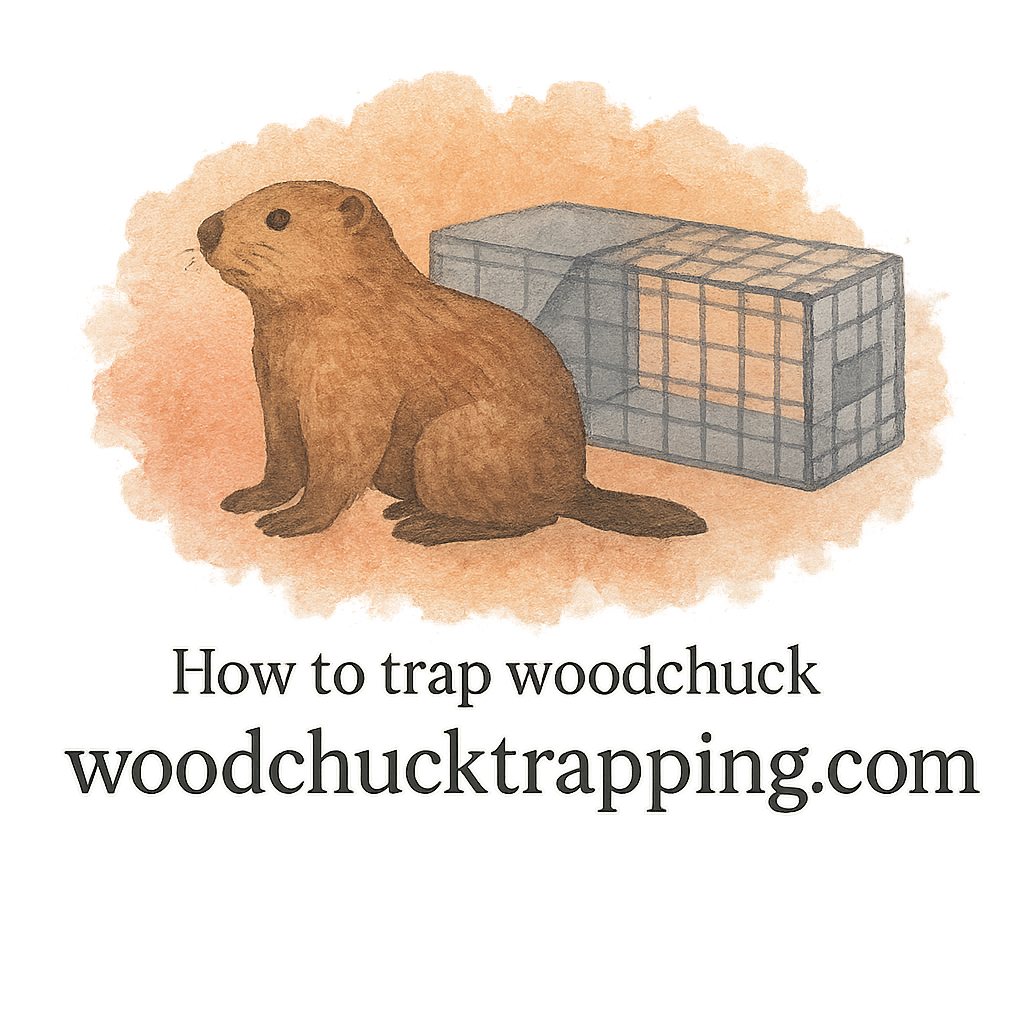Woodchucks might look cute from a distance, but when they start digging up your lawn or snacking on your vegetable garden, their charm fades fast. If you’re battling a woodchuck infestation and want to take a humane, eco-friendly approach, landscaping might be your best defense. Let’s explore 7 natural landscaping tips that will help you reclaim your yard—no harsh chemicals or cruel tactics required!
Understanding the Woodchuck Problem
Before we dive into the solutions, let’s get familiar with what we’re dealing with. Woodchucks, also known as groundhogs, are burrowing animals that can do serious damage to your yard, garden, and even the structural integrity of your property.
Why Are Woodchucks a Threat to Your Yard?
Woodchucks dig extensive tunnel systems with multiple exits. These burrows can destabilize walkways, fences, sheds, and foundations. Plus, their diet consists mostly of garden veggies—so if you’re growing anything tasty, they’ll treat your yard like an all-you-can-eat buffet.
For more details on signs of infestation and how to address them, check out this in-depth guide.
Recognizing the Signs of a Woodchuck Infestation
Telltale Burrow Holes
Burrow entrances are usually about a foot wide and may be surrounded by mounds of dirt. If you see multiple holes with clear paths leading to and from them, you’ve likely got a woodchuck problem.
Damage to Garden Beds and Plants
Woodchucks love leafy greens, fruits, and veggies. If your crops are mysteriously chewed down overnight, they’re probably the culprit. Learn more about yard damage and how to prevent it here.
Tip #1: Choose Woodchuck-Repelling Plants
Aromatic Plants That Repel Woodchucks
Woodchucks have sensitive noses, and some plants are simply too pungent for their liking. Try planting:
- Lavender
- Mint
- Sage
- Garlic
- Onion
- Fennel
These double as both deterrents and attractive additions to your garden.
How to Incorporate These Plants into Your Landscape
Plant these repellents as borders around vulnerable areas like vegetable beds or entryways to burrows. Grouping them together increases their effect.
Looking for more lure-related info? Visit the baiting and luring section for expert tips.
Tip #2: Install Natural Fencing and Barriers
Raised Beds and Gravel Moats
Woodchucks are ground-dwellers. Raised beds (12”+ high) can keep them from reaching your plants. Add a gravel moat around your garden to discourage digging.
Underground Barriers to Block Burrowing
You can also bury chicken wire or mesh 12-18 inches deep, bent at a 90-degree angle outward to block tunneling attempts. This DIY barrier is highly effective when paired with surface-level fencing.
Explore more about trapping techniques that align with physical deterrents.
Tip #3: Keep Your Yard Clean and Trimmed
Remove Woodpiles and Brush
Woodchucks love to hide. A cluttered yard gives them the perfect cover. Clear away:
- Woodpiles
- Brush
- Tall grass
- Unused equipment
Visit the equipment reviews section to discover the best tools for yard maintenance.
Keep Grass and Weeds Short
A well-manicured lawn makes your property less attractive to sneaky critters. Think of it like pulling the welcome mat out from under their feet.

Tip #4: Use Natural Woodchuck Deterrents
Predator Scents and Homemade Repellents
Coyote urine, fox urine, or even your dog’s hair can make woodchucks think twice. You can also try homemade mixtures like:
- Garlic spray
- Ammonia-soaked rags
- Vinegar-soaked cloths
These won’t harm the animals but send a strong “no trespassing” signal.
Want to dive deeper into scent-based lures and deterrents? Check out the resources here.
Motion-Activated Devices and Sound Emitters
Lights, sprinklers, and ultrasonic devices can scare woodchucks off your property without harming them. Place these near frequent burrow openings.
Tip #5: Manage Food Sources in the Garden
Cover Crops with Netting or Cloches
Physical barriers are your best friends. Lightweight netting, mesh tunnels, or wire cloches over your crops can prevent snack attacks.
Plant Decoys to Divert Woodchucks
Some homeowners plant alfalfa or clover in isolated spots to draw woodchucks away. It’s a tricky tactic, but it can work when paired with traps.
Tip #6: Block Off Existing Burrows Safely
Timing Your Burrow Sealing Efforts
Wait until the burrow is empty—typically during the day when the woodchuck is out foraging. Seal entrances with dirt, rocks, and fencing. Always check for babies during springtime.
Explore humane techniques that avoid harming trapped animals.
Humane Handling and Safety Considerations
Always wear protective gloves and avoid direct contact. Woodchucks can carry parasites and diseases. Visit the laws and safety section before taking action.
Tip #7: Partner Landscaping With Trapping Efforts
Use Landscaping to Funnel Woodchucks Toward Traps
By strategically removing cover and placing fencing, you can guide woodchucks toward traps placed near burrow entrances or garden paths.
Choosing the Right Traps for Minimal Space
In smaller yards, consider compact traps that are easier to conceal. Always ensure your traps are legal, humane, and well-maintained. Check out trap gear reviews to pick the right setup.
Final Thoughts: The Power of Natural Landscaping
Dealing with woodchucks doesn’t mean going to war with nature. By working with the landscape and making a few strategic changes, you can gently nudge these critters toward new territory—without poison, panic, or sleepless nights.
Want to build a long-term defense system? Start combining landscaping with trapping essentials for a well-rounded approach to pest control.
For more woodchuck control strategies, visit the Woodchuck Trapping homepage.
FAQs
1. What plants will woodchucks avoid in my garden?
Lavender, mint, garlic, and sage are great deterrents. Their strong scent turns woodchucks off.
2. How deep do I need to bury a barrier fence?
At least 12 to 18 inches deep, bent outward at the bottom, to prevent burrowing underneath.
3. Can I trap woodchucks legally in my area?
Check your local wildlife laws. Our laws and safety section has everything you need to know.
4. Is it safe to use predator urine in my yard?
Yes, it’s natural and safe. Just be sure to use it away from kids’ play areas and reapply regularly.
5. Do woodchucks ever return to the same burrow?
Yes, unless it’s blocked off and the scent is masked. Timing and sealing are crucial.
6. Will a motion-activated sprinkler really scare them off?
Absolutely! It startles them and makes your yard feel unsafe.
7. How do I handle a trapped woodchuck humanely?
Always wear gloves and consult with a local wildlife expert if unsure. For more info, visit our trapped animal resource page.


